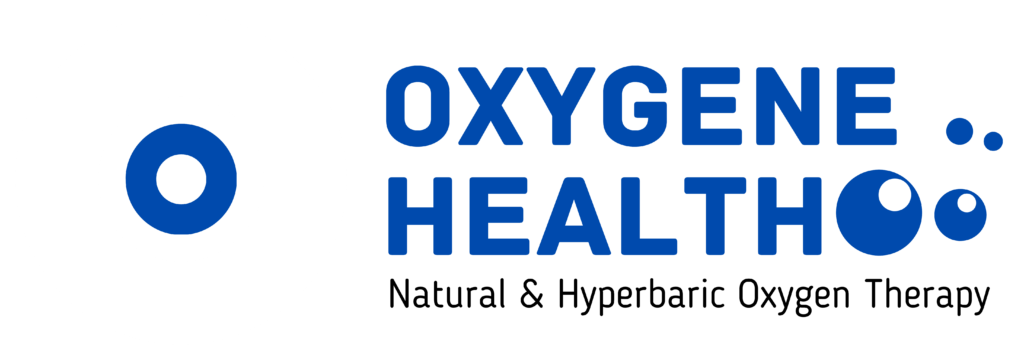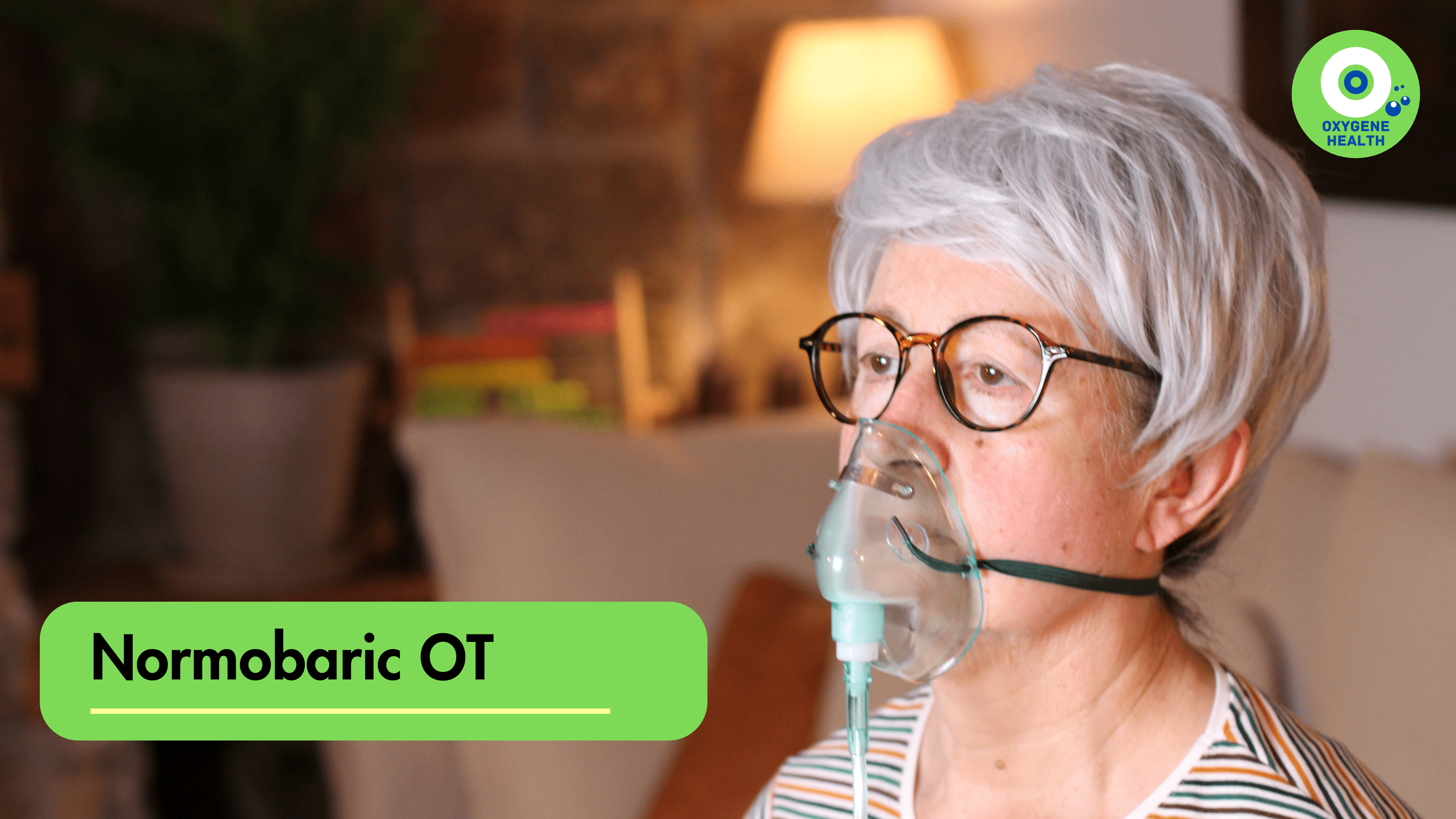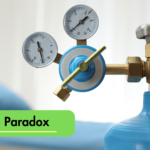Introduction:
In the realm of medical treatments, advancements continually offer new avenues for enhancing patient care and improving outcomes. One such advancement, Normobaric Oxygen Therapy (NBOT), has garnered attention for its potential in various medical conditions. This article delves into the concept, applications, and benefits of Normobaric Oxygen Therapy, shedding light on its role in modern healthcare.
Understanding Normobaric Oxygen Therapy:
Normobaric Oxygen Therapy involves administering oxygen at normal atmospheric pressure, typically via a face mask or nasal cannula. Unlike Hyperbaric Oxygen Therapy (HBOT), which employs increased atmospheric pressure, NBOT maintains standard pressure levels.
Applications of Normobaric Oxygen Therapy: Few Examples as the list is exhaustive
Stroke Treatment: NBOT has shown promise in ischemic stroke management. By increasing oxygen levels in the blood, it aids in tissue oxygenation, potentially reducing ischemic injury and improving neurological outcomes.
Traumatic Brain Injury (TBI): In cases of TBI, NBOT serves as a supportive therapy to mitigate secondary brain damage. Oxygen supplementation helps counteract hypoxia and ischemia, crucial factors in TBI pathology.
Carbon Monoxide Poisoning: NBOT plays a vital role in treating carbon monoxide (CO) poisoning by displacing CO from hemoglobin, thereby restoring oxygen-carrying capacity and preventing tissue hypoxia.
Migraine and Cluster Headaches: Some studies suggest NBOT as a supplementary therapy for acute migraine and cluster headaches, potentially alleviating symptoms and shortening attack duration.
Chronic Obstructive Pulmonary Disease (COPD): NBOT aids COPD patients during exacerbations by improving oxygenation and relieving dyspnea, contributing to symptom management and overall respiratory function.
Benefits of Normobaric Oxygen Therapy:
Non-Invasive: Unlike invasive procedures, NBOT is non-invasive and well-tolerated, making it accessible to a broad spectrum of patients.
Cost-Effective: Compared to HBOT, which requires specialized chambers, NBOT is more cost-effective and easier to administer, rendering it suitable for widespread use.
Versatility: The versatility of NBOT extends across various medical conditions, ranging from acute emergencies like stroke and TBI to chronic conditions such as COPD.
Reduced Complications: With proper monitoring, NBOT presents minimal risk of complications, offering a safer therapeutic option for patients.
Challenges and Considerations:
Despite its benefits, NBOT necessitates careful patient selection and monitoring to optimize outcomes. Overzealous oxygen supplementation may lead to hyperoxia-related complications, underscoring the importance of individualized treatment regimens and vigilant monitoring.
Conclusion:
Normobaric Oxygen Therapy stands as a valuable adjunctive therapy in diverse medical settings, offering a non-invasive and cost-effective approach to improve oxygenation and mitigate tissue hypoxia. As research advances and clinical experience grows, the potential applications of NBOT continue to expand, highlighting its significance in modern healthcare.
Incorporating NBOT into clinical practice requires a nuanced understanding of its applications, benefits, and potential challenges. By harnessing the therapeutic potential of Normobaric Oxygen Therapy, healthcare providers can enhance patient care and contribute to improved outcomes across various medical conditions.







